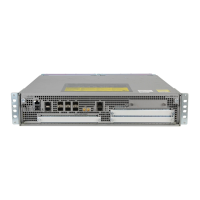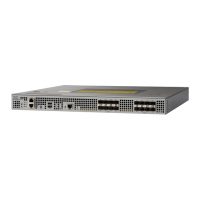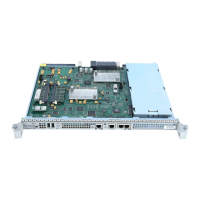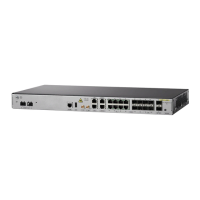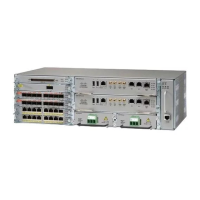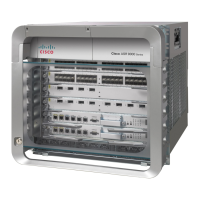Configuring the Performance Manager on a CE-Facing PE
The performance subsystem (PFS) on a CE-facing PE runs both the performance manager (PFM) and the
performance adapter (PFA). It is responsible to:
• Receive requests from a remote PFM through the Extensible Messaging and Presence Protocol (XMPP).
• Use PFA APIs to enable the CE device to obtain performance data from the PDP.
• Use the PFA to filter and format the data for the CE device.
Configure the PFM on all CE-facing PEs.
It is also possible to configure the CE-facing PFM on a DC-facing PE. In this scenario, both the CE-facing
PE configuration and the DC-facing PE configuration are performed on all DC-facing PE routers. Then
the PFM is not configured on any CE-facing PE routers.
Note
SUMMARY STEPS
1.
xmpp server type pfm hostname
2.
pfm local-host ip-address
3.
ce-table name
4.
ce-address ipv4 ip-address pfr-mc
5.
exit
6.
pfm ce-facing
7.
entity number
8.
ce-table name
9.
pfr-mc {enable | disable}
10.
wsma agent
11.
host ip-address username user password pass
12.
do show pfm entity-number
DETAILED STEPS
PurposeCommand or Action
Specifies the name of the XMPP server for PFM.
xmpp server type pfm hostname
Example:
switch(config)# xmpp server type pfm
ccnsr.com
Step 1
Specifies the IP address that the external world uses to reach the PFM.
pfm local-host ip-address
Example:
switch(config)# pfm local-host 10.1.0.2
Step 2
Cisco Network Positioning System Configuration Guide for the Cisco ASR 1000 Router, Release 1.0
OL-25794-01 15
Configuring Performance Metrics to Select a Service
Configuring the Performance Manager on a CE-Facing PE
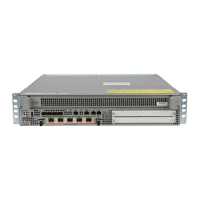
